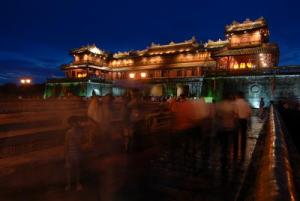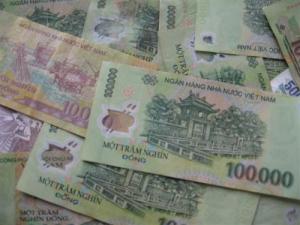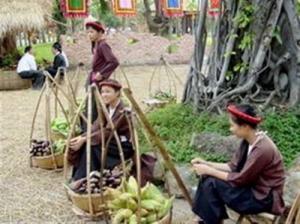Hue to Exchange Historical Documents with U.S. Library of Congress

The Hue Monuments Conservation Centre, an organization known responsible for the management and preservation of Hue heritage, announced its move to donate hundreds of its historical documents to the U.S. Library of Congress. The said records, dating back from Le, Tay Son, and Nguyen Dynasties between 1428 and 1945, include about 300 written vestiges containing accounts and archives “royal” in nature which might reveal details of the royal families during their reign. Collected from villages within the province, the materials were categorized into decrees, conferments of honors, and other court records, translated, and digitized by the centre after the province’s Department of Culture, Sports and Tourism confirmed their authenticity earlier during the week.
Ton Nu Lien Huong, team coordinator of the Southeast Asia Departments of the US Library of Congress, first initiated the proposal to Hue authorities in August 2008. It is only recently where the exchange program was approved by the Hue Provincial People's Committee since HMCC is directly under its authority, along with the Ministry of Culture, Sports and Tourism, and the guidance and consultation in conservation from UNESCO. The original documents, however, will be kept at the Hue Royal Library at Tang Thư Lầu (Archives House). The library, built in 1825 during the Nguyen dynasty, is entrusted with the conservation efforts on all of Hue's documents written in the Han (Chinese) and Nom domestic scripts.
Conferments were often not recorded in royal official history, thus, donating the documents to the world's biggest library will shed some light on the discoveries of the development and culture of its villages. Many of the records pertain to conferment entitled "village guardian genie," appointment of local mandarins, and recognitions earned by important personalities or those who had made contributions to the kingdom. Such entitlement systems were never mentioned in earlier historical records and the continuing transcription from Chinese characters to Vietnamese language allowed the Hue Monuments Conservation Centre to understand more the materials, communication, decoration patterns, standards, and procedures of royal documents, helping historians to better distinguish the clear differences and characteristics between the different dynasties which concluded Vietnam’s colorful history. This huge move to bridge the country’s old civilizations to modern Vietnam is a wonderful way for its people to comprehend how their interesting culture came to be.









